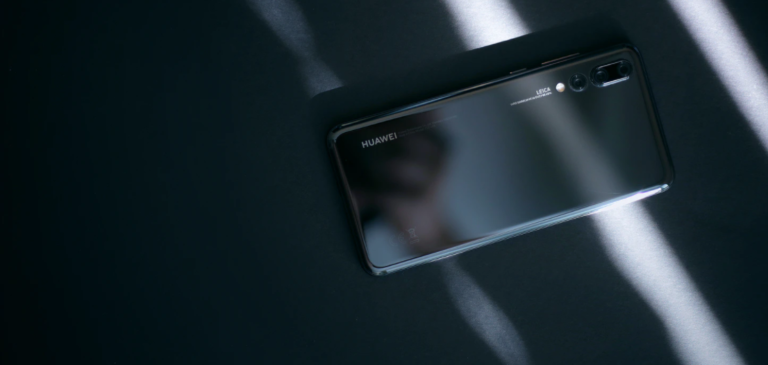The Saturation of the Smartphone Market in China Pushes Firms to Produce Premium Devices
China, the world’s biggest smartphone market, is showing clear signs of saturation of the smartphone industry. For the first time since the opening market reforms of Deng, China experienced a fall in the sales of mobile phones equal to 4% in the second quarter of 2014.
The drop contributed to slowing down World smartphones’ sales which reached 330 units sold globally in 2015 with a 13.5% increase from the previous year.
Apple, Xiaomi and Huawei Lead the Mobile Phones’ Market Shares
Apple (in Chinese 苹果) is continuing to dominate the high-end of the smartphone market in China. The iPhone sales increased by 35% during the first three months of 2015, allowing the firm to increase its Chinese market share by 2.5 percent. More than 12 million iPhone units have been sold in 2015 – a 68% percent increase from 2014. Most of the devices sold are located in the top premium category of the Apple’s products demonstrating the Chinese appeal for luxury and expensive western products.
At the same time, Xiaomi led China’s market with 67.5 million shipments throughout the year, followed closely by rival Huawei (in Chinese 华为) which shipped 62.2 million. Despite the fact that Xiaomi topped in 2015 China’s smartphone market with a 19% market share, it missed its 80 million sales target by under 10 million units – another clear proof of the maturity of the market. Finally the South Korean rival – Samsung – which leads the World ranking for the number of smartphones sold in 2015, is suffering heavy losses in China: its market share has dropped by 4.3 percent and the units sold by 5.6 percent.
In the global scene, if in 2011 only two of the top 10 smartphone manufacturers in China were Chinese – Huawei and Lenovo, in 2014 two of the top ten were International – Apple and Samsung – proving that China is the global market leader for smartphones.

The Chinese Consumer Seeks for Premium Smartphones
China is the homeland of more than 670 million mobile users – more than all the European population – who are the buyers of 1.3 mobile subscriptions. The number of subscriptions is increasing at 8% annually and it is estimated an average of three new subscribers every second accrediting to an annual growth of 100 million new users. Despite the fact that China is the biggest market for smartphone sales – one-third of the world smartphones’ sales are located here – the phone market is essentially driven by replacement rather than first-time buyers. Therefore, phone-makers must begin to transition from appealing to first-time buyers to persuading existing owners to upgrade.
All the major smartphones industries have experienced a shift in the type of phone bought by the average client. If previously the focus was on cheap and low-quality brand, more and more Chinese prefer to pay a price premium in order to get a reliable, fashionable and top-notch device. The shift justifies the top-performance of Apple and Huawei in the market. Both of them place their phone in the premium category by leveraging the brand recognitions and latest technological features. Opposite to the winning strategy, Xiaomi keeps focusing on cheap and common phones. For example, while Xiaomi smartphones selling price is around 140US$, its direct competitor – Huawei – places its device at an average price of 250US$ offering higher performance of the processor, camera, battery, and memory.
The appeal of premium smartphones is the key element for vendors to maintain or increase their Market share in China facing a more sophisticated and demanding type of client. There is a clear change of consumer buying patterns where people are buying more premium smartphones focusing on strong brand recognitions, qualities, and top technology. This is beneficial to price-premium firms (Apple and Huawei) but not for Xiaomi, which focuses its strategy on lowering the costs.
The future strategies of the Chinese smartphones marketers: top-quality product and internationally oriented
Facing the saturation of the market and the change in the taste of the Chinese customers, the major Chinese firms have to change their business strategies in order to stabilize and increase their market share.
In recent years, more Mainland smartphone players started to produce phones and devices specifically designed for the western market. While in China a large portion of the clients are willing to pay a price premium, more than forty percent of European and twenty-five percent of north Americans are willing to buy a Chinese phone regardless of the brand, instead focusing on low-cost and second-rate devices. This trend can be explained by the economic crisis that hit the western hemisphere in the past years forcing a larger percentage of the population to reduce and cut not necessary expenses. At the same time, there is a shift in the Chinese smartphone players in producing more sophisticated and top-notch devices for the national market. Selling a quality smartphone has been proven to be essential to boost the sales and increase the market share. Many Chinese consumers have a strong taste for luxury and strong brand recognitions. Sales of unbranded or cheap phones have started to drop since the year 2014. In addition, Chinese people are shifting they buyer behavior: if websites like TMall.com and TaoBao.com are used to buy inexpensive and poor quality phones, walk-in stores are increasing the sales of the top-quality phone, offering the buyer a unique purchasing experience.
To get more information about China’s market, contact us at dx@daxueconsulting.com
See also our services:
- Chinese Market Research
- Eyetracking in China




